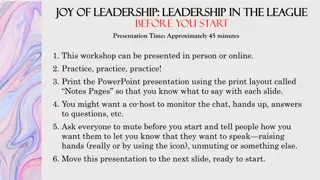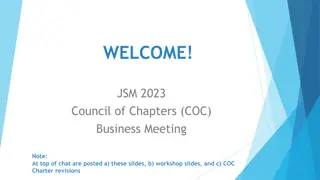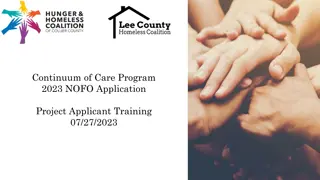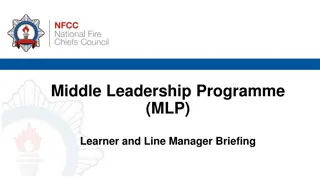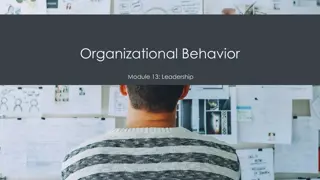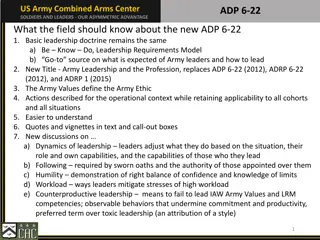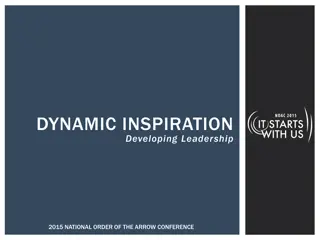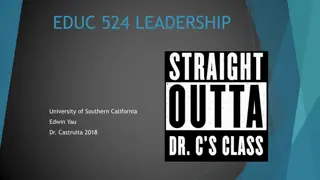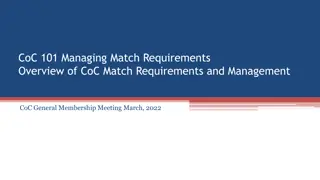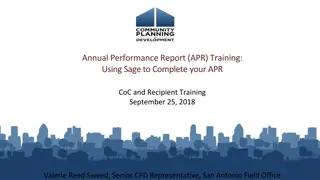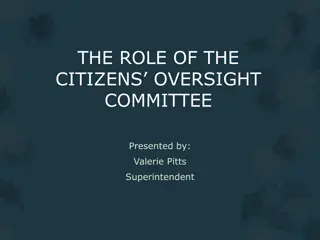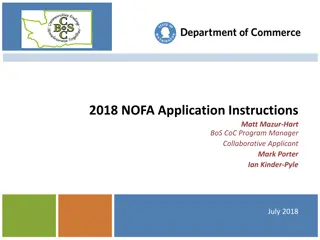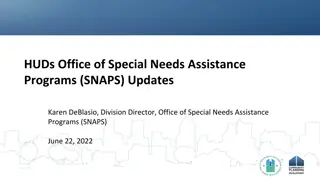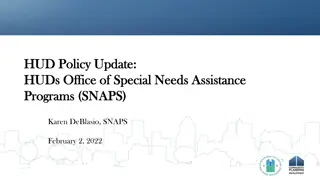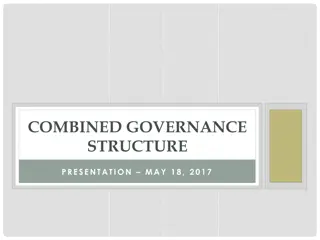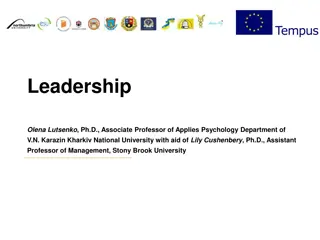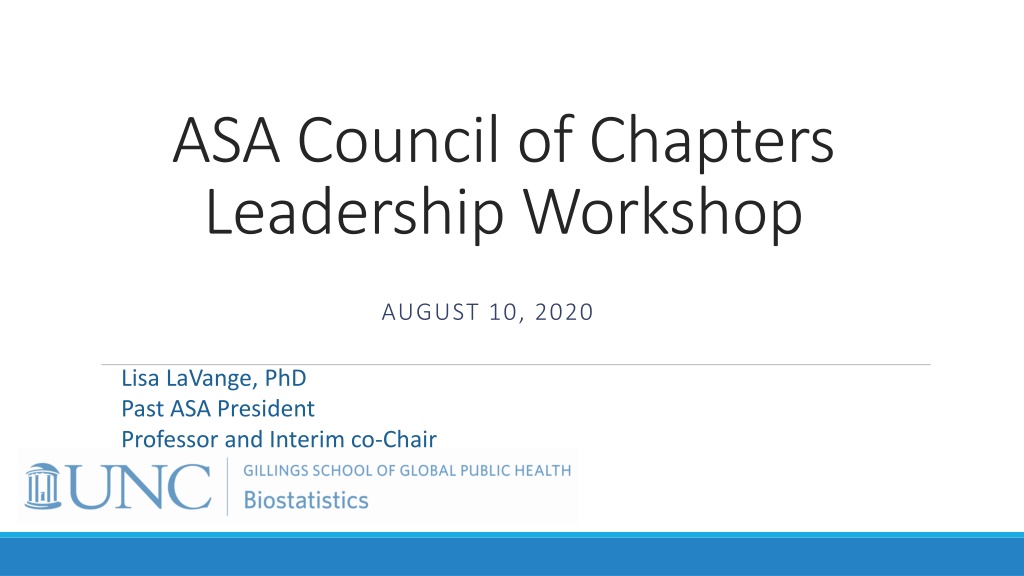
ASA Council of Chapters Leadership Workshop Insights
Gain valuable insights on leadership concepts, including the importance of influence, assigned vs. emergent leadership, and statistical leadership in team settings. Understand how personality, social identity, and expertise play crucial roles in effective leadership within organizations. Explore the dynamics of leadership development and its impact on achieving common goals in diverse group settings.
Download Presentation

Please find below an Image/Link to download the presentation.
The content on the website is provided AS IS for your information and personal use only. It may not be sold, licensed, or shared on other websites without obtaining consent from the author. If you encounter any issues during the download, it is possible that the publisher has removed the file from their server.
You are allowed to download the files provided on this website for personal or commercial use, subject to the condition that they are used lawfully. All files are the property of their respective owners.
The content on the website is provided AS IS for your information and personal use only. It may not be sold, licensed, or shared on other websites without obtaining consent from the author.
E N D
Presentation Transcript
ASA Council of Chapters Leadership Workshop AUGUST 10, 2020 Lisa LaVange, PhD Past ASA President Professor and Interim co-Chair
Basic Leadership Concepts What is leadership? Leadership is a process whereby an individual influences a group of individuals to achieve a common goal Leadership and influence Influence is the sine qua non of leadership. Without influence, leadership does not exist. Trait vs Process: Defining leadership as a process rather than as a set of innate qualities leadership is available to everyone, not just a pre-determined few Ref. Peter G. Northouse (2015), Leadership: Theory and Practice, 8th ed. Sage.
Assigned vs Emergent Leadership Assigned leadership: Leadership that is based on occupying a position in an organization is assigned leadership Yet the person assigned to a leadership position does not always become the real leader in a particular setting. Emergent leadership: Acquired through other people in the organization who support and accept that individual s behavior it emerges over a period through communication. Communication behaviors of emergent leaders include: being verbally involved, being informed, seeking others opinions, initiating new ideas, and being firm but not rigid. * Ref. Northouse (2015); *Northouse citing Fisher (1974)
Assigned vs Emergent Leadership Emergent leadership, cont. Personality plays a role traits include intelligence and confidence Gender- or other biased perceptions may occur Social identity theory may be in play how well does the person reflect the group s identity? Assigned and emergent leaders are engaged in leadership both influence others to achieve results Common goal relates to vision Groups of individuals small teams to large organizations Influence through scientific specialization, experience, or expertise
Statistical Leadership May involve leading a team, department, division, office, or other organizational unit consisting primarily of statisticians assigned leadership May involve leading a multi-disciplinary team emergent leadership Influence is particularly important for emergent leadership Because there is often no direct line of administrative authority between team leader and members of team A special case of emergent leadership is leading a group of volunteers
Leading Volunteers Volunteer leadership positions share similarities with emergent leaders, regardless of whether you are elected or assigned to your position Volunteer leadership offers training and experience that can benefit your ability to effectively lead in the workplace Think of volunteer leadership positions as career development opportunities! Because the types of organizations needing volunteer leaders often differ from your workplace, you may be exposed to a wider variety of leadership styles and attitudes, providing further advancement for your personal leadership development
Influence and Power How to exert influence or achieve a level of power sufficient to have influence over others? Expert power and referent power both relevant for emergent leaders Expert power derives from the critical and unique role that we as statisticians have, based on our education and statistical science skills; extends to team leadership skills Referent power refers to influence based on liking or identification with another person Referent power flows directly from the camaraderie of team members working together to achieve common goals and helping each other in this unifying effort particularly well- suited for leading volunteers! Ref. Katz and Kahn (1978), The Social Psychology of Organizations, Wiley.
Influence Influence! Leadership means getting people to think, believe, see, and do what they might not have without you. It means possessing the vision to set the right goal and the decisiveness to pursue it single-mindedly. It means being aware of the fears and anxieties felt by those you lead even as you urge them to overcome those fears. Bill Bradley: former NBA player and member of the American Basketball Hall of Fame; US Senator (1979-1997) and Presidential candidate (2000); Rhodes scholar and author Quote from Values of the Game
Leadership Skills Communication Effective communication Requires being able to express yourself in a way that does not detract from the logic and science of your work When successful, both parties sufficiently understand the science of the other s discipline As a statistician, you communicate to a variety of audiences in a variety of circumstances Must be able to account for differing points of view Must have ability to speak to others with different and varied skill sets, interests, and knowledge Communicating your vision is of utmost importance in leading volunteers!
Career Stories LESSONS LEARNED FROM LEADING VOLUNTEERS
Breakout Group Exercise Think of a Chapter member you believe has leadership potential Describe some strategies you might try to help develop this person as a future leader over the next 6 months 1. What would you do as a leader to help this person move to the next level, leveraging his/her strengths? 2. What would you do to help the person grow, addressing their weaknesses? Assuming these potential future leaders have shared characteristics, decide as a group on 3 strategies for (1) and (2) to report out

